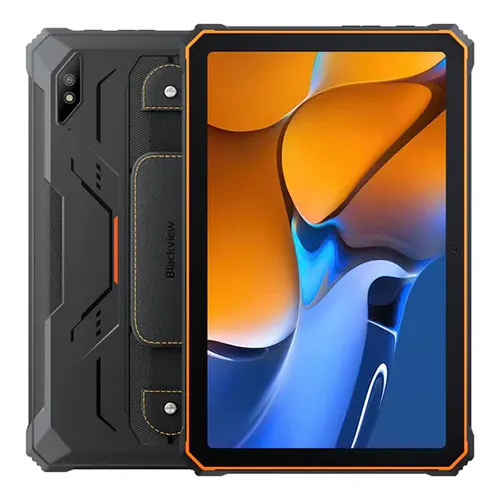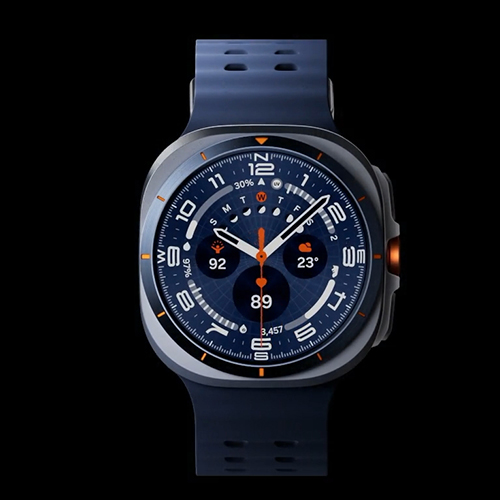
The Evolution of Sound: Exploring Bone Conduction Headphones
In the realm of audio technology, innovations continually reshape the way we experience sound. Among the many breakthroughs, bone-conduction headphones have emerged as a fascinating and transformative invention. These unique devices have revolutionized the world of personal audio by delivering sound through vibrations directly to the listener's bones, bypassing the eardrums. In this comprehensive exploration, we'll delve into the world of bone conduction headphones, from their origins to their applications, and discover how they're changing the way we hear the world around us.
The Birth of Bone Conduction Technology
Bone conduction technology is not a recent development but rather a concept that has been around for centuries. It was initially explored in the 16th century by the brilliant scientist Giuseppe Tartini. However, it wasn't until the 20th century that this technology began to find practical applications.
How Bone Conduction Headphones Work
Unlike traditional headphones, which rely on sound waves travelling through the air and into the ear canal, bone conduction headphones use vibrations to transmit sound directly to the inner ear through the bones of the skull. Here's how it works:
Transducer: Bone conduction headphones are equipped with a transducer, typically located on the part that rests against the listener's cheekbone or jaw. This transducer generates vibrations in response to an audio signal.
Bone Vibrations: When the transducer vibrates, these vibrations travel through the facial bones and into the cochlea, a spiral-shaped organ in the inner ear responsible for hearing.
Auditory Perception: The cochlea then processes these vibrations as sound, allowing the listener to perceive audio without the sound waves ever entering the ear canal.
Advantages of Bone Conduction Headphones
Bone conduction headphones offer several noteworthy advantages:
Open-Ear Design: The design of bone conduction headphones leaves the ear canal open, allowing users to remain aware of their surroundings. This makes them an excellent choice for outdoor activities like running or cycling.
Hearing Aid Integration: For individuals with hearing impairments, bone conduction technology can be integrated into hearing aids, providing an effective solution for improved hearing.
Comfort and Hygiene: Since they don't enter the ear canal, bone conduction headphones are comfortable to wear for extended periods, and there's no risk of earwax buildup.
Versatility: These headphones find applications in various fields, including sports, healthcare, and the military, thanks to their versatility and unique design.
Applications of Bone Conduction Headphones
Bone conduction headphones have found applications in diverse fields:
Sports and Fitness: Athletes and fitness enthusiasts use bone-conduction headphones for activities where situational awareness is crucial. They can enjoy music or take calls while remaining aware of their surroundings.
Hearing Aids: The technology is integrated into hearing aids, improving the quality of life for individuals with hearing impairments.
Military and Law Enforcement: Bone conduction headphones are utilized in military and law enforcement operations, allowing personnel to communicate effectively while maintaining awareness of their environment.
Underwater Communication: Swimmers and divers use bone conduction headphones for underwater communication, as they work effectively even in wet conditions.
Healthcare: Bone conduction technology is employed in medical devices and surgical procedures where precise audio guidance is needed.
Limitations and Challenges
While bone conduction headphones offer numerous advantages, they also come with limitations:
Sound Quality: The audio quality of bone-conduction headphones may not match that of traditional headphones, especially in terms of bass and depth.
Comfort: While they are comfortable for many users, some may find the sensation of bone conduction less natural compared to conventional audio transmission.
Cost: High-quality bone conduction headphones can be relatively expensive.
The Future of Sound
Bone conduction technology is continuously evolving, with ongoing research and development aimed at improving audio quality and expanding applications. As these headphones become more accessible and refined, they have the potential to revolutionize the way we interact with sound, offering a unique auditory experience that merges technology with human physiology.
Conclusion
Bone conduction headphones are a testament to the boundless possibilities of audio technology. By transmitting sound through vibrations, they bridge the gap between human physiology and modern innovation, offering a unique and versatile solution for various listening needs. As these devices continue to advance, we can anticipate even more exciting applications and a future where sound is experienced in entirely new ways.
FAQs About Bone Conduction Headphones
1. What are bone conduction headphones, and how do they work?
Bone conduction headphones are a type of audio device that delivers sound through vibrations conducted by the bones of the skull, bypassing the eardrums. They have a transducer that generates vibrations in response to an audio signal. These vibrations are transmitted through the facial bones and into the inner ear, where they are perceived as sound.
2. Are bone conduction headphones suitable for people with hearing impairments?
Yes, bone conduction technology can be integrated into hearing aids, making them an effective solution for individuals with hearing impairments. This technology allows sound to be transmitted directly to the inner ear, bypassing any hearing issues in the outer or middle ear.
3. What are the advantages of bone conduction headphones over traditional headphones?
Bone conduction headphones have several advantages, including an open-ear design that allows users to remain aware of their surroundings. They are comfortable to wear for extended periods and eliminate the risk of earwax buildup. Additionally, they find applications in sports, healthcare, and the military due to their versatility.
4. Where are bone conduction headphones commonly used?
Bone conduction headphones have diverse applications. They are used by athletes and fitness enthusiasts who require situational awareness during activities. They are integrated into hearing aids for individuals with hearing impairments. The military and law enforcement use them for communication while maintaining environmental awareness. Swimmers and divers use them for underwater communication, and they are employed in healthcare and medical devices requiring precise audio guidance.
5. What are the limitations of bone conduction headphones?
While bone conduction headphones offer many benefits, their audio quality may not match that of traditional headphones, particularly in terms of bass and depth. Some users may also find the sensation of bone conduction less natural compared to conventional audio transmission. Additionally, high-quality bone conduction headphones can be relatively expensive.
6. How is bone conduction technology expected to evolve in the future?
Bone conduction technology is continuously evolving, with ongoing research and development aimed at improving audio quality and expanding applications. As the technology becomes more refined and accessible, it has the potential to revolutionize how we interact with sound, offering unique auditory experiences that merge technology with human physiology.
Latest Blogs

Exploring Memory Card Types: A Comprehensive Guide

Blackview Tablet Reviews: A Comprehensive Look at Features and Performance

The Best Portable Power Stations & Solar Generators in the UK (2025 Guide)

10 Best Smartwatches for Kids


